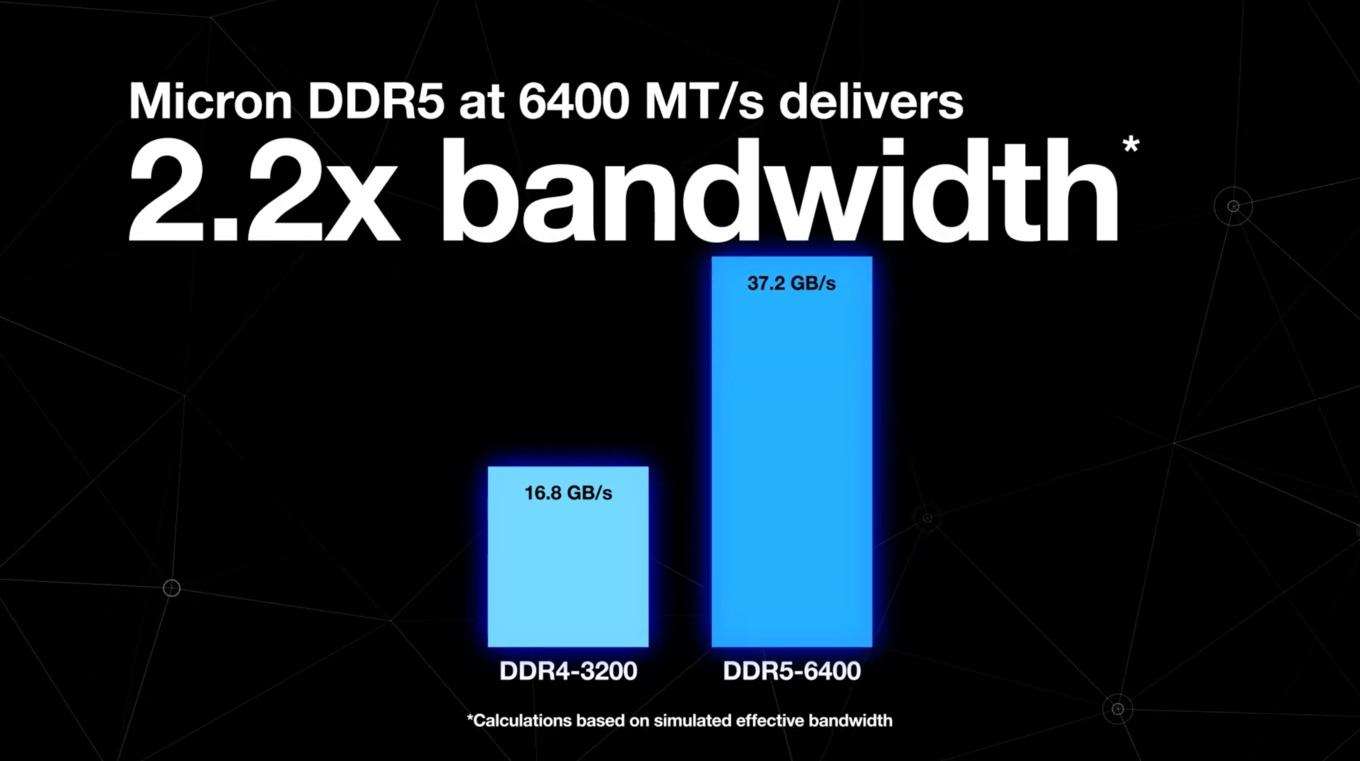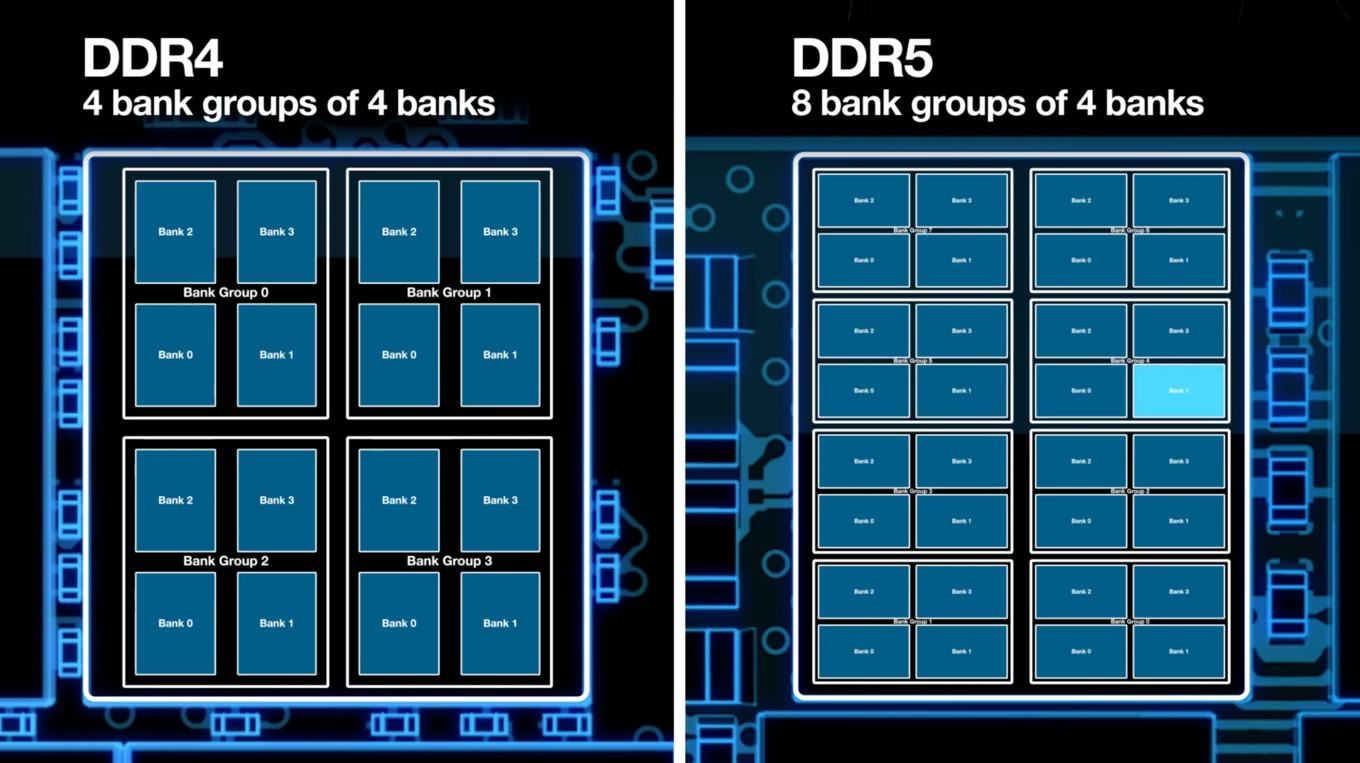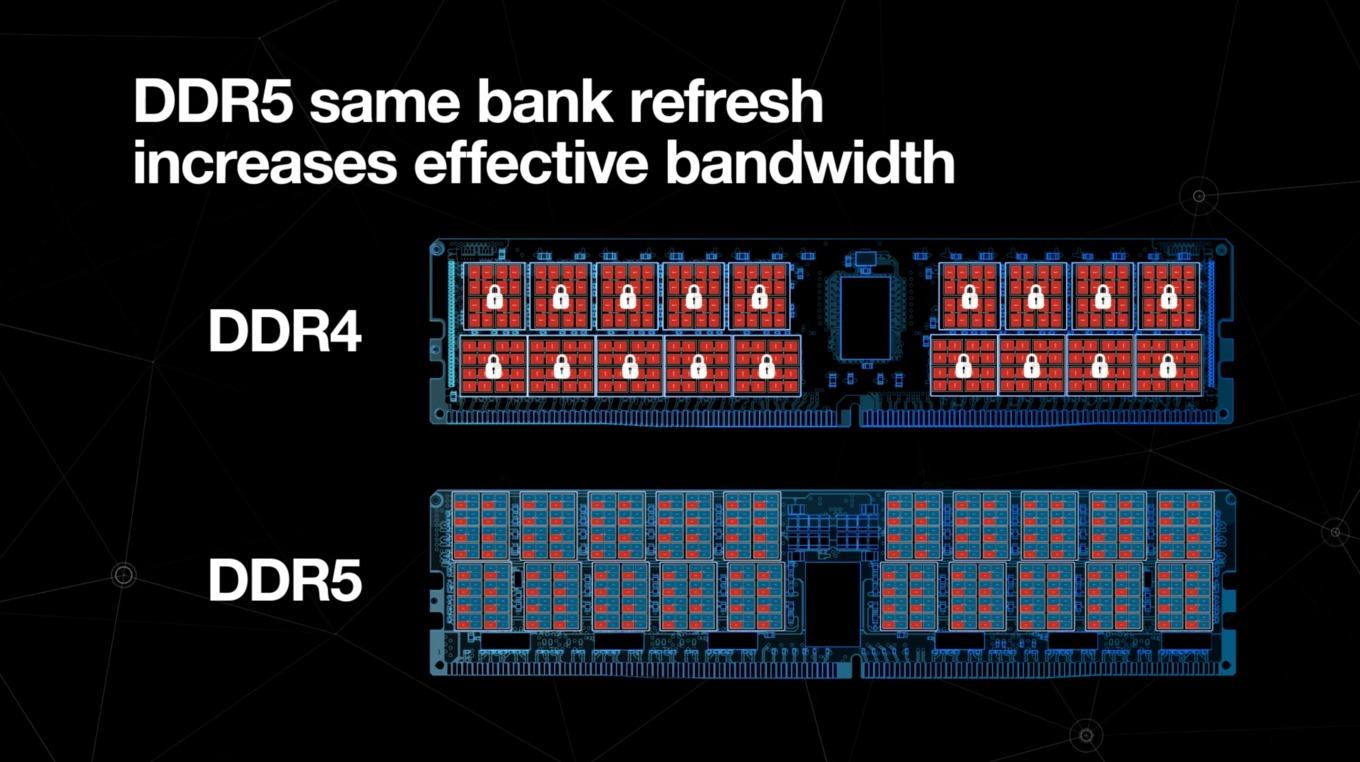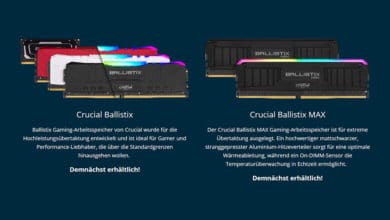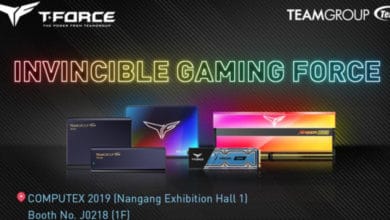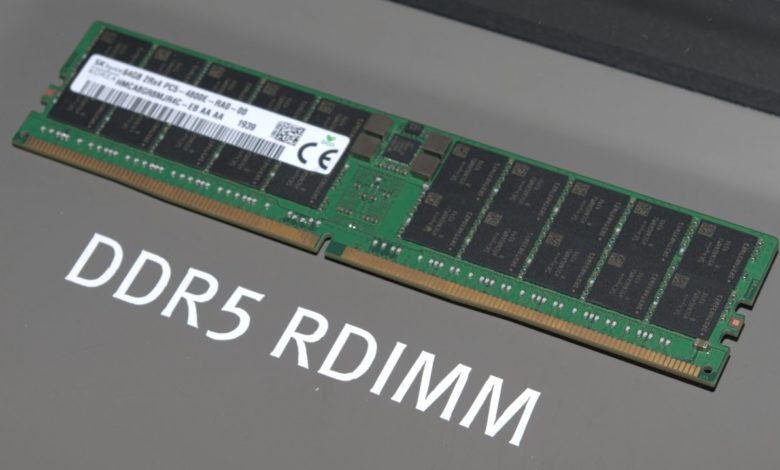
Thanks to JEDEC’s years of work, we can now look forward to a major step forward in RAM technology. So the developer has finally given the green light for the step to DDR5 as the new standard. This step comes as no surprise. So JEDEC has already caused a lot of rumors in the last months. This also included the announcement to produce suitable chips with DDR5 in correspondingly large quantities. So users will be happy about RAM technology with more performance with the market launch next year.
The advantages over DDR4
As the name already suggests, DDR5 is the successor of DDR4. JEDEC promises the users with the new technology a manifold improvement compared to its predecessor. For example, DDR5 is supposed to enable a data rate twice as high. Already now there are rumors that even faster data transfer should be possible. In addition, JEDEC increases the capacity of the individual DRAM chips and the memory module with DDR5. According to the manufacturer, 64 GB in a DRAM chip and up to 2 TB in a memory module should be possible. When DDR5 is launched, such large memory modules will of course still be dreams of the future.
Control via two channels
The high speed and flexibility of DDR5 should not come by chance. One of the secret recipes of the new technology should be the possibility to address the memory module via two channels. With this trick, the limited clock rate of the DRAM memory can be easily circumvented. Should the DRAM memory ever reach its limits, the DDR5 module can be addressed via the second data channel.
The bus is faster
But JEDEC does not only use suitable tricks, but also gives the hardware itself more power. The manufacturer has made the bus faster. Here the RAM experts use the so-called Decision Feedback Equalization (DFE). In particular, they rely on dedicated circuits. The goal of this application is a significant improvement in signal integrity. On the data sheet, the structure of the bus remains congruent with DDR4. However, with DDR5, DFE is used to narrow the tolerances.
Possibility of 32 banks
Another innovation that DDR5 brings with it is the extension of the maximum number of banks. A total of eight bank groups should be possible. Since a group consists of four RAM units, the final result is a proud 32 banks. In contrast to DDR4 this is again a doubling. Here only a maximum of 16 banks is possible. Also the so-called Burst Length is supposed to be twice as high with DDR5. This results in a significantly accelerated memory. If the current standard DDR4 performs a refresh operation, this must first be terminated until another one can be started. DDR5 should be advanced in this respect as well. Since a Same Bank Refresh is supported, several banks can operate in parallel.
DDR5 DIMMs should have 288 pins
As already mentioned, the new products with DDR5 standard offer two channels and a faster bus. However, nothing changes in terms of the number of pins. As with DDR4, the new standard also offers 288 pins. But here you only have to take a closer look at the pins. These offer improved pin-outs. Here JEDEC has made tailor-made improvements for more efficiency and finally performance. For example, JEDEC expanded the pins of the data bus from 72 pins to a total of 80 pins. In contrast, the manufacturer is saving a total of ten pins on the 24 pins (DDR4) elsewhere. DDR5 has here only 14 pins (2×7).
An own power supply
DDR5 also saves a lot of power in contrast to DDR4. Thus the voltage drops from 1.2 V (DDR4) to 1.1 V (DDR5) during active operation. Above all, this increases the efficiency of the new standard. JEDEC has also made changes in the supply of the appropriate voltage. Here the mainboard of the computer is no longer used. Instead, the DDR5 DIMMs offers integrated voltage regulation. Thus JEDEC successfully shifts the complexity of voltage regulation. This should also have a positive effect on the RAM market itself. Since mainboards are no longer responsible for voltage regulation, the cost of corresponding hardware is likely to decrease. Whether this will actually happen is only speculation. What is certain, however, is the increased power efficiency of the memory module itself.
Practical sensors for temperature measurement
With DDR5, the hardware itself does not only regulate the memory. The DDR5 DIMMs also offer at least two temperature sensors. Their goal is to detect excessive temperatures at an early stage. While these sensors already occur in some DDR4 modules, they are mandatory for every version of DDR5.
Sampling has already started
Of course, DDR5 has already been known in the industry for some time. Accordingly, the big game developers have already started sampling the new standrad. The big processor manufacturers will also do their part. Secretly, the first test processors with DDR5 will probably already be running for testing. It won’t be long before we as end users will also benefit from these tests. So we can expect the first processors with DDR5 to be on the market as early as 2021. While Intel will rely on Xeon processors, AMD will most likely use the so-called EPYC models.
